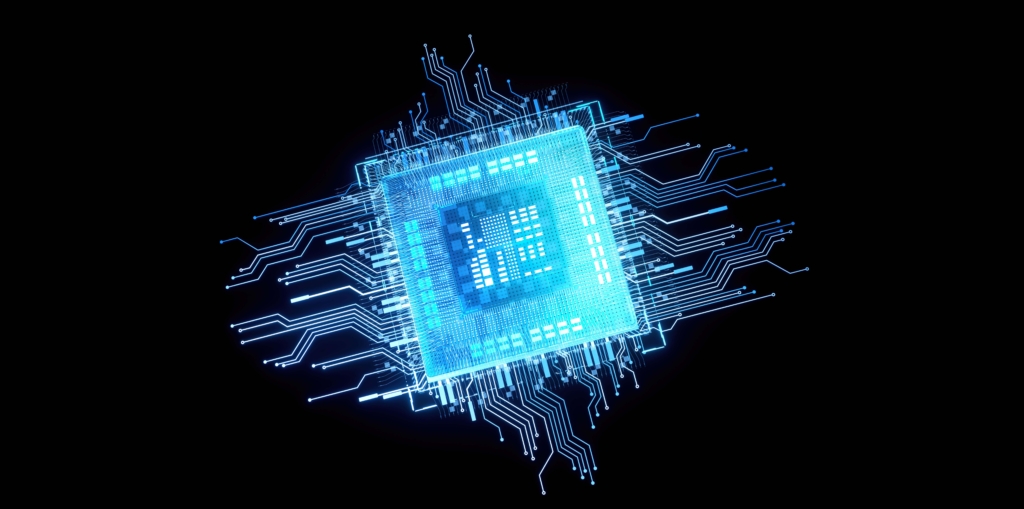Moore's Law Is Dead: What Now for Gaming PCs?

For decades, the tech industry ran on Moore's Law, which predicted that the number of transistors on a chip would double every 18 to 24 months. That doubling translated directly into higher clock speeds, more cores, and massive performance gains across CPUs and GPUs. This consistent growth made it easy to predict when the next major leap in gaming performance would arrive.
Today, that pattern is breaking down. The gains from shrinking transistors have slowed dramatically, while manufacturing costs and thermal challenges have risen sharply. Gaming PCs are entering an era where exponential hardware leaps can no longer be taken for granted.
Why Moore’s Law Has Slowed
Modern chip nodes are measured in nanometres, with cutting-edge designs now pushing into the 3nm range. At this scale, quantum effects and electrical leakage make further miniaturisation extremely difficult. Techniques like extreme ultraviolet (EUV) lithography allow continued progress, but at enormous expense.
For example, top-end GPUs like the NVIDIA GeForce RTX 4090 and CPUs such as the AMD Ryzen 9 9950X pack tens of billions of transistors, but the power consumption and heat output scale aggressively with each increase. Thermal density is now one of the main bottlenecks preventing higher clocks. The end of simple transistor doubling means performance gains must now come from architectural changes and efficiency rather than raw silicon density.
Diminishing Performance Returns
Just a decade ago, GPU generations could double performance almost every cycle. Recent upgrades have been far more incremental. The NVIDIA GeForce RTX 4090 offers roughly 70 to 80 percent more rasterisation performance than its predecessor, the NVIDIA GeForce RTX 3090, and much of that jump depends on newer workloads that leverage hardware-accelerated Ray tracing and AI frame generation rather than raw shader performance.
CPU upgrades show a similar trend. The Intel Core i9-14900K and AMD Ryzen 9 9950X deliver exceptional multicore throughput, but the per-core performance improvements over their predecessors are modest. This slowdown is reshaping upgrade patterns, as many gamers now hold onto their systems for 5 years or more.
Architectural Innovation Over Clock Speed
With physical scaling stalled, hardware vendors are designing smarter chips instead of just faster ones.
Modern CPUs increasingly use hybrid architectures. The Intel Core i9-14900K, for example, combines high-performance “P-cores” with power-efficient “E-cores” to handle background tasks.
Modern GPUs now include specialised accelerators. The NVIDIA GeForce RTX 4090 integrates Tensor cores for AI workloads and RT cores for ray tracing. These are separate silicon blocks designed to handle specific tasks in parallel, providing huge gains for targeted workloads rather than general performance.
Memory subsystems are also evolving. Wider memory buses, faster GDDR6X and HBM memory, and larger on-die caches reduce bottlenecks that limit GPU throughput.
The Role of Software Optimisation
With hardware progress slowing, software has become just as critical to performance.
Graphics APIs like DirectX 12 and Vulkan allow developers to manage resources at a low level, reducing CPU overhead and allowing GPUs to hit higher utilisation.
Upscaling technologies like NVIDIA DLSS and AMD FSR use AI and spatial reconstruction to render at lower internal resolutions and then upscale frames in real time. This approach effectively multiplies frame rates without demanding equivalent hardware increases.
Scheduling and threading optimisations in modern game engines can also extract more parallelism from many-core CPUs, a necessity now that raw single-thread performance is plateauing.
What This Means for Gamers
The slowdown of Moore’s Law does not mean gaming PCs are obsolete. It simply means the old model of predictable, exponential growth is gone. Gamers should expect:
- Longer intervals between upgrades, as performance leaps shrink
- Greater emphasis on software optimisation, AI-based upscaling, and architectural efficiency
- Higher importance on choosing components that offer strong long-term support rather than chasing marginal yearly gains
PC gaming will remain vibrant, but the strategy for staying up to date is changing.
The Future Beyond Moore’s Law
Looking ahead, the gaming ecosystem may shift in several ways:
- Cloud Gaming: Platforms like GeForce Now could offload the need for local performance entirely.
- AI-Accelerated Rendering: Future GPUs may rely heavily on AI inference cores, reducing the need for large shader arrays.
- Specialised Designs: Instead of one giant general-purpose GPU, future cards may include more dedicated cores for physics, audio, and neural network processing.
Rather than chasing higher clock speeds, the next era of gaming PCs may be about orchestration between local hardware and cloud compute resources. Enthusiast rigs will still exist, but they could become more specialised and rare.
Final thought
The end of Moore’s Law marks the end of predictable exponential growth in gaming performance. Future gains will come from smarter architecture, software optimisation, and hybrid approaches that combine local and cloud resources. The gaming PC is not dying, but it is evolving into something more complex and less driven by raw silicon.
Tarl @ Gamertech

